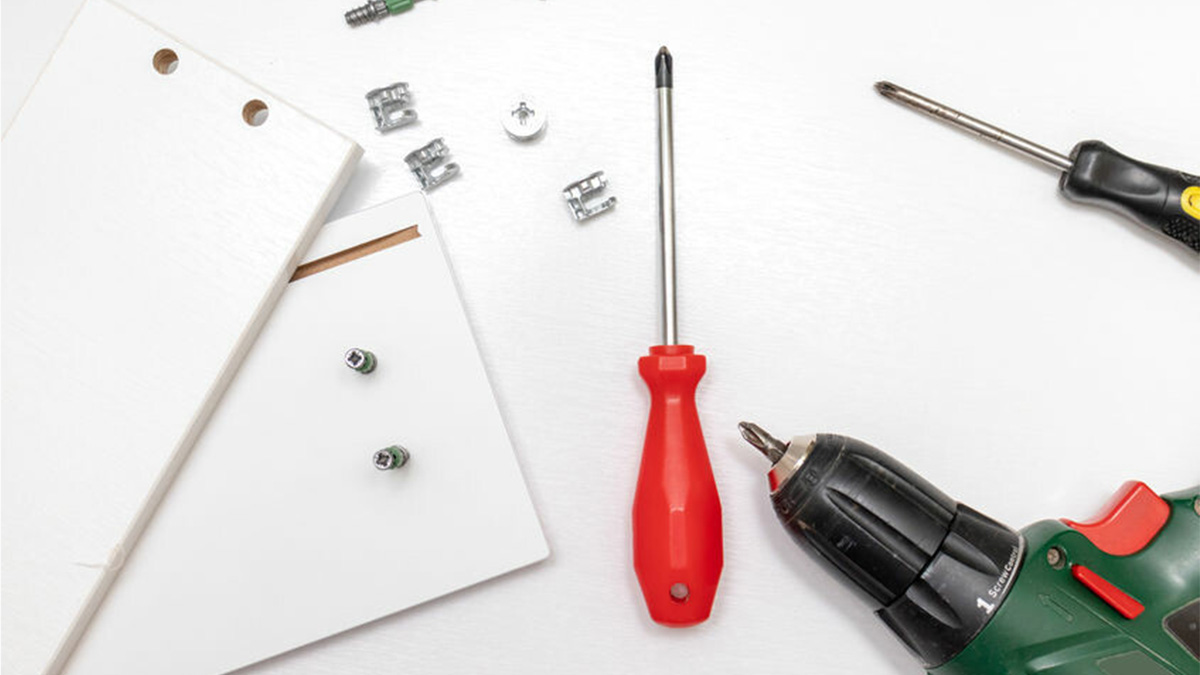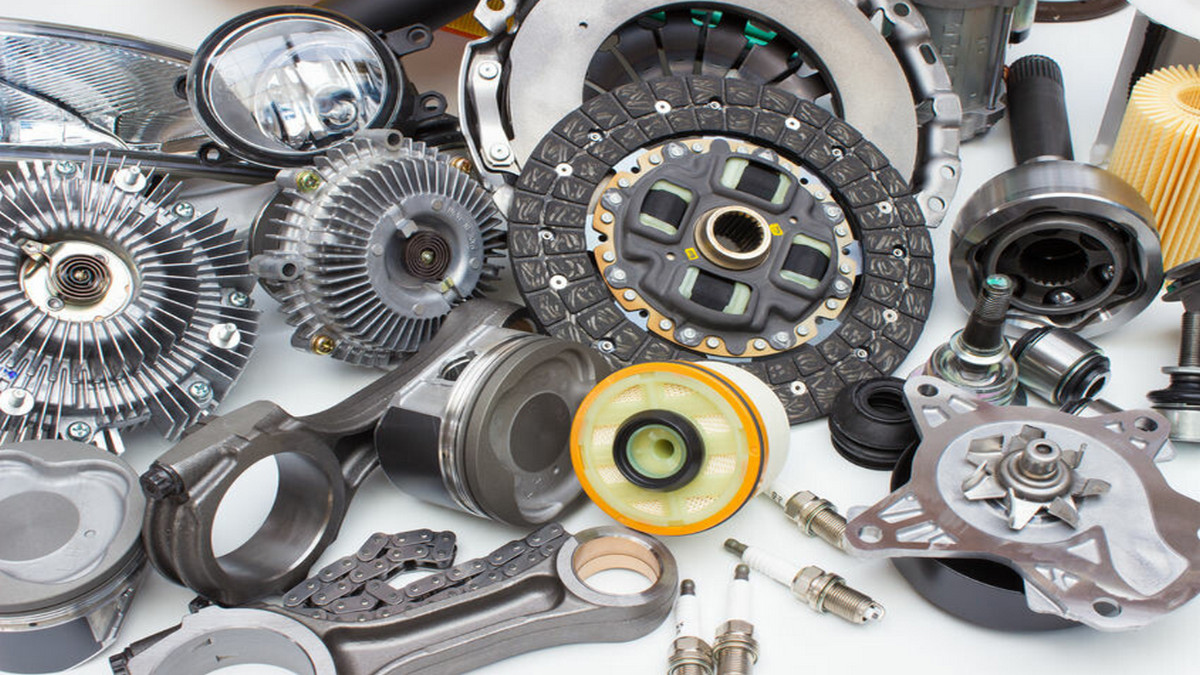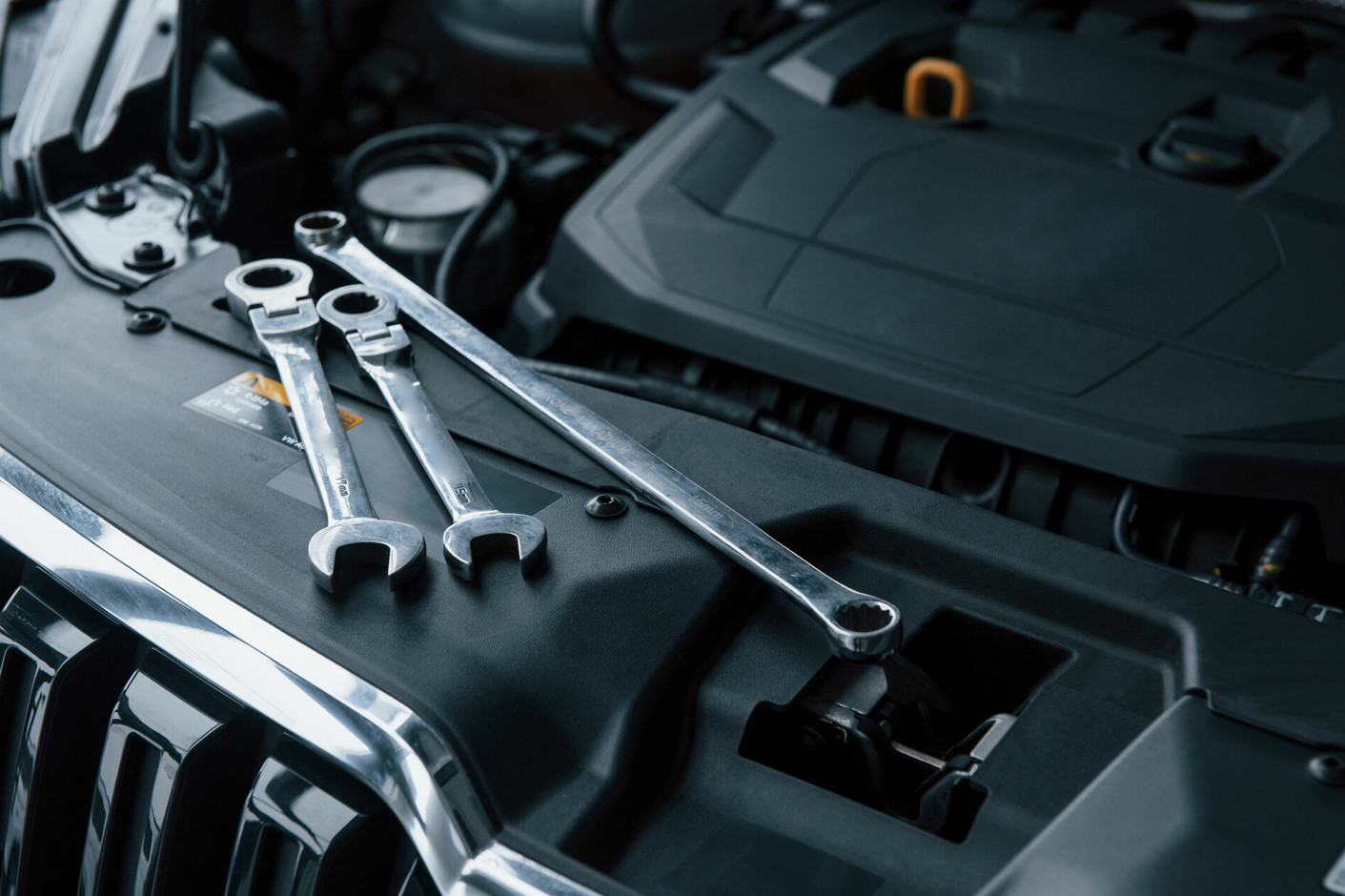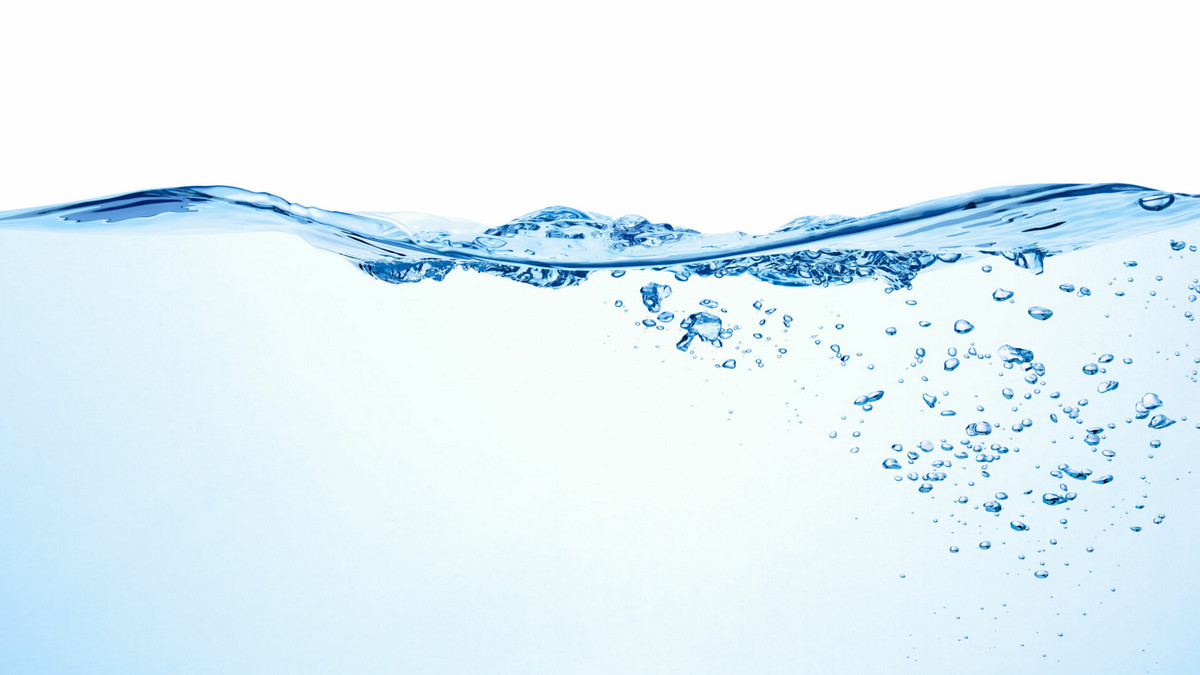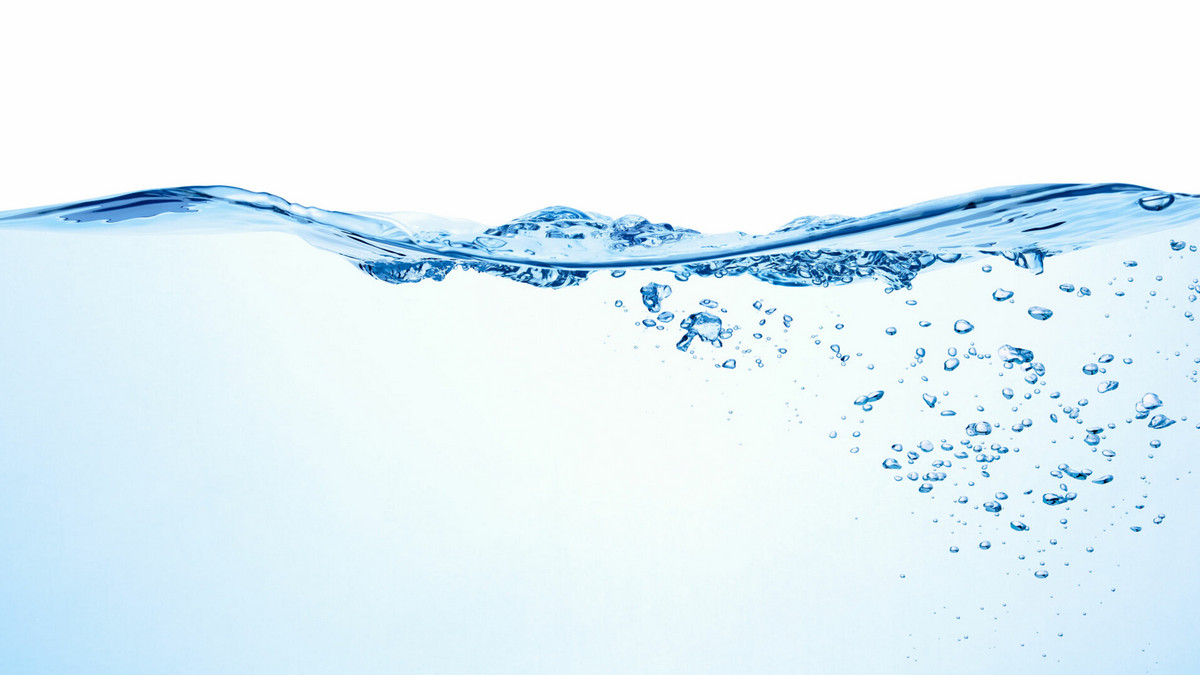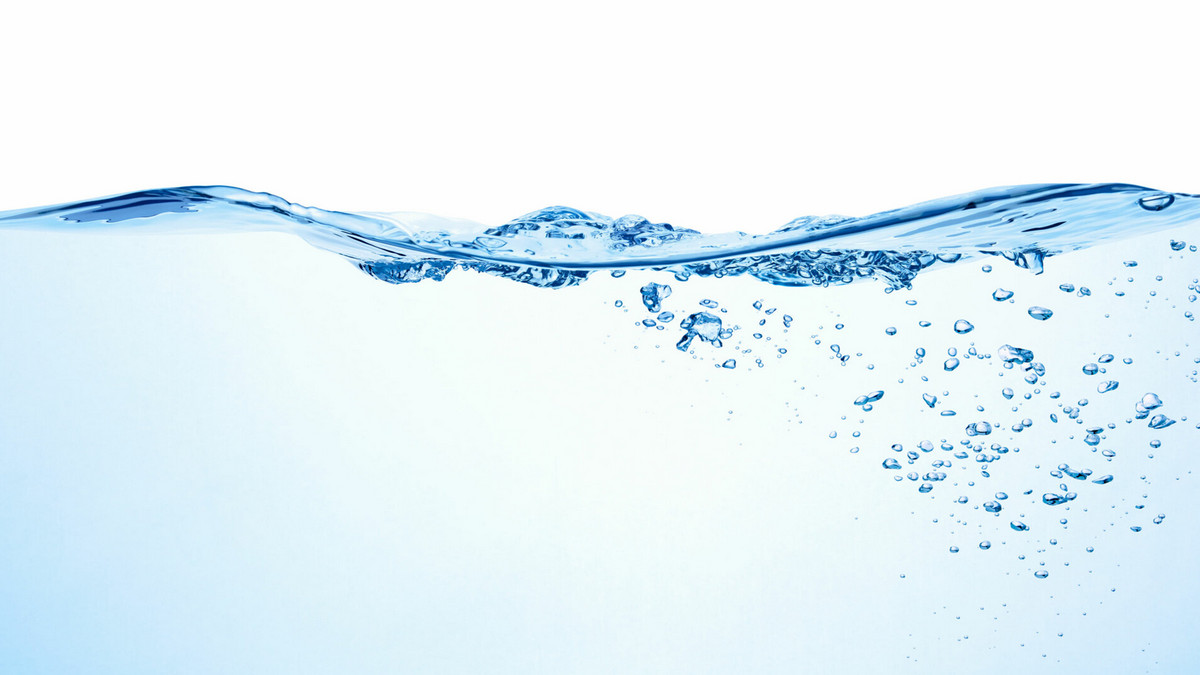Selective laser sintering is an additive manufacturing technology that sinters small particles of polymer powder into a 3D three-dimensional structure through high-power laser light; thus, this is also called selective laser sintering 3D printing, or SLS 3D printing.
What Is Selective Laser Sintering (SLS)? SLS Printing?
Selective laser sintering (SLS) is an additive manufacturing (AM) technique. The selective laser sintering process uses a laser as energy to make plastic, wax, ceramic, metal, or other composite powder through an infrared laser beam. On the processing platform, the computer analyzes the sliced layer according to the designed 3D model diagram, coordinates path data, with points, lines, and surfaces, and scans the parts that need to be formed layer by layer.
SLS 3D printing has the advantages of low cost, high productivity, and mature and stable material production. It is widely used for fast proofing and customized small batch production. SLS 3D printing machinery, materials, and software are undergoing rapid progress and development.
Principles of SLS Printing Technology
Selective laser sintering (SLS) technology mainly uses the basic principle of high-temperature sintering of powder materials under laser irradiation. It uses a computer to control the light source positioning device to achieve precise positioning, and then sinters and builds layer by layer.
The working process of SLS is like that of 3DP, which is based on a powder bed. The difference is that 3DP uses a binder to bond the powder, while SLS uses an infrared laser to sinter the powder. First, use a powder roller to spread a layer of powder material, heat it to a temperature just below the sintering point of the powder by the constant temperature facility in the printing equipment, and then irradiate the laser beam on the powder layer to make the irradiated powder. The temperature rises above the melting point, sintering and bonding with the formed part below. When a layer is sintered, the printing platform is lowered by the height of the layer thickness, the powder spreading system spreads new powder material on the printing platform and then controls the laser beam to irradiate again for sintering, and so on. The layers are stacked until the printing of the entire three-dimensional object is complete.
Characteristics of SLS Printing
The porosity of a typical SLS printed part is about 30%. Porosity gives SLS parts a unique granular surface finish. This also means that SLS parts can absorb water, so they can be easily dyed in a variety of colors in a hot water bath, and if they are to be used in a humid environment, special post-treatment is required.
Applications of SLS Printing
- Rapid prototyping: The SLS process can quickly manufacture models, thereby shortening the time from design to seeing the finished product, allowing customers to see the prototype of the final product more quickly and intuitively.
- Preparation and research and development of new materials: SLS technology can be used to develop some emerging powder particles to enhance the strength of composite materials.
- Manufacturing and processing of small batches and special parts: When meeting the manufacturing requirements of some small batches and special parts, the cost of manufacturing using traditional methods is often higher, and the use of SLS technology quickly and effectively solve this problem, thereby reducing costs.
- Rapid mold and tool manufacturing: With the improvement of the technological level, some parts manufactured by SLS 3D printing can be directly used as molds.
- Reverse engineering: using three-dimensional scanning technology and other technologies, SLS 3D printing can be used to process original parts without drawings and CAD models, and build prototype CAD models according to the final parts, thereby realizing reverse engineering applications.
- Medical application: parts manufactured by the SLS process have a certain porosity, and they can be used for artificial bone manufacturing. Clinical studies have proven that this artificial bone has better bio-compatibility.



